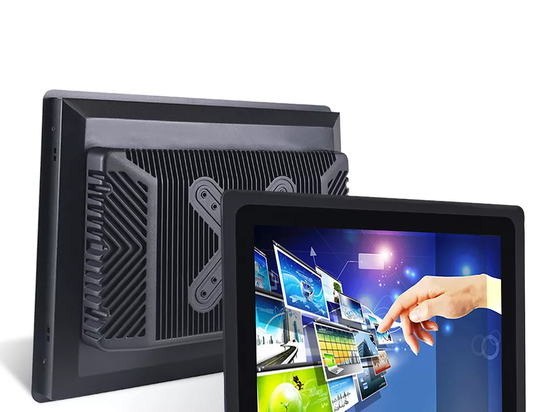
#Industry News
What Is An Anti Glare Screen
How Is An Anti-Glare Screen Defined?
An anti-glare screen has a coating that reduces reflections. Its efficiency is proportional to the haze value and the screen surface. Here’s a useful guide on how that might be beneficial to you.
How Is An Anti-Glare Screen Defined?
ANSWER: An anti-glare screen has a coating that reduces reflections. The degree to which an anti-glare treatment is successful is dependent on its haze value and the screen surface (matte or glossy).
Glare occurs when light from a source (such as the Sun) reflects off a window or a screen, making it difficult to see what is happening on the display.
These glare effects can be mitigated with the use of an anti-glare coating.
However, depending on the haze value of the coating and the type of screen surface, they can also make the image appear more fuzzy and grainy.
Matte vs. Glossy Screen Surface
Screen surfaces come in two varieties: matte (textured) and glossy (smooth).
Matte-screen displays with an anti-glare coating absorb light rather than reflecting it. This may appear grainy or fuzzy, but it effectively eliminates reflections.
There are several anti-glare treatments available with varying haze values. A greater haze setting results in improved reflection management but also introduces additional graininess.
Ideally, you should seek out displays with light or medium matte anti-glare coatings (25% haze), which reduce reflections without impairing visual quality much.
While displays with a smooth or glossy screen finish are highly reflective, they produce a more vivid image due to the absence of graininess. Therefore, if you choose a monitor with a glossy screen surface, you must consider your room’s illumination.
Some glossy screens also have low-haze (1-4%) anti-glare or anti-reflective coatings, which can help with reflections without impairing the image as much as matte coatings do. However, they remain quite reflective and are unsuitable for use in extremely bright rooms (next to a window without curtains/blinds) or outdoors.
Additionally, you may encounter ‘semi-glossy displays, although these feature a matte finish that is slightly smoother and has a low haze surface of 15%.
How To Select The Appropriate Screen
Regrettably, monitor manufacturers do not disclose much information on the screen surface or coating utilized on their products.
Additionally, it isn’t easy to describe different coatings because they are subjective accurately; what some see as excessively shiny or grainy may be minor to others.
However, if a monitor has a glossy screen and/or anti-glare or anti-reflective coating, these types of displays are rather uncommon.
When it comes to matte screens, you’re unlikely to find information about the type of matte anti-glare finish used, as well as its haze value or surface smoothness/texture.
Philips is one of the few companies that discloses the haze value for its anti-glare monitors.
We usually mention in our assessments if a monitor has a glossy surface or an excessively gritty matte finish. Occasionally, it may have a light or medium/normal matte anti-glare coating.






